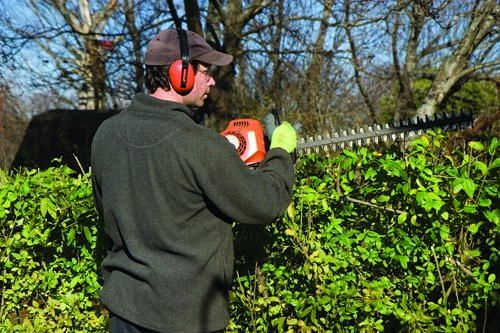Outdoor workers and skin cancer

The American Academy of Dermatology cautions outdoor workers to be aware of an invisible hazard: the sun’s ultraviolet rays. Exposure to these rays for hours is a major risk factor for a number of skin cancers, including melanoma – the most serious form.
The academy notes that outdoor workers receive more UV radiation exposure than other workers for a number of reasons:
- Outdoor workers spend long periods of time in the sun.
- Sweating may contribute to UV-related skin damage because it increases a person’s photosensitivity of the skin, which can result in sunburns. Excessive sweating also can cause sunscreen to come off.
- UV radiation reflects off sand, concrete and light-colored surfaces, so it can be hard for workers to avoid exposure.
On average, one person dies from melanoma every hour in the United States, according to the academy.
Outdoor workers can help reduce their risk of skin cancers by following these tips:
- Know that even on cloudy days, you’re still susceptible to UV rays, as up to 80 percent can pass through clouds.
- Avoid the sun’s rays when they are strongest (between 10 a.m. and 2 p.m.).
- Wear protective clothing, including long-sleeved shirts, pants, a wide-brimmed hat and sunglasses.
- Regularly and generously apply sunscreen with an SPF of 30 or higher.
- Check your skin often for suspicious freckles or moles. If you find a mole or spot that has recently changed in appearance or is itching, bleeding or getting larger, see a dermatologist.
Post a comment to this article
Safety+Health welcomes comments that promote respectful dialogue. Please stay on topic. Comments that contain personal attacks, profanity or abusive language – or those aggressively promoting products or services – will be removed. We reserve the right to determine which comments violate our comment policy. (Anonymous comments are welcome; merely skip the “name” field in the comment box. An email address is required but will not be included with your comment.)

